Sharpnose Viper
Common Name: Sharpnose Viper
Scientific Name: Deinagkistrodon acutus
Names: Cruella
Locations: Whitby
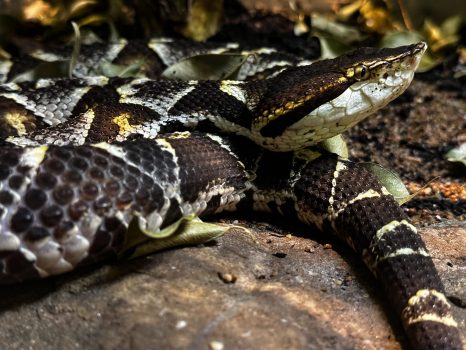
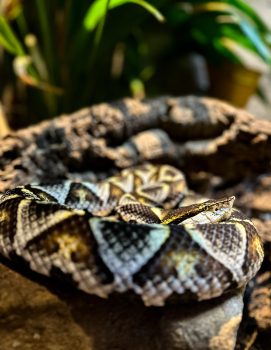
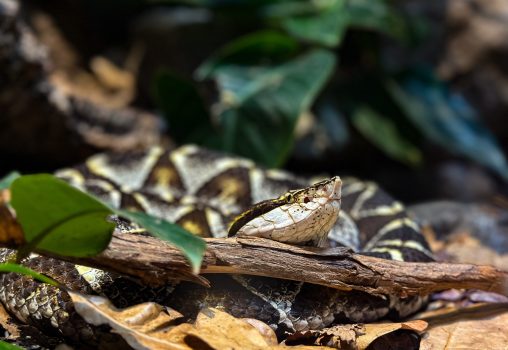
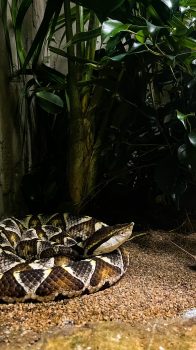
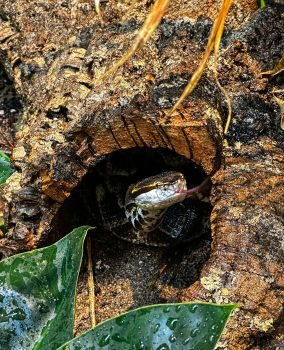
Diet
Sharpnose Vipers primarily feed on small mammals such as rodents, birds, lizards, and occasionally amphibians.
Average lifespan
In the wild, Sharpnose Vipers typically live around 10 to 15 years.
Size
Sharpnose Vipers are medium-sized venomous snakes, typically ranging from 50 to 90 centimeters (20 to 35 inches) in length.
Weight
Adult Sharpnose Vipers can weigh anywhere from 200 to 500 grams (7 to 18 ounces), depending on their size and age.
About
Sharpnose Vipers are native to various regions of East and Southeast Asia, including China, Taiwan, Vietnam, and Laos. They inhabit a variety of habitats such as forests, grasslands, and agricultural areas, where they can find suitable prey and shelter.
Size and behavior
Sharpnose Vipers are characterized by their triangular-shaped heads and narrow, pointed snouts, from which they derive their common name. They are typically secretive and nocturnal, preferring to hunt under the cover of darkness. When threatened, they may adopt a defensive posture, coiling up and raising their heads to display their venomous fangs.
Diet and nutrition
As ambush predators, Sharpnose Vipers rely on stealth and patience to capture their prey. They use their heat-sensitive pits to detect the presence of warm-blooded animals, striking with precision when an opportunity arises. Their venom is primarily used to immobilize prey, allowing them to swallow it whole.
Conservation status
The conservation status of Sharpnose Vipers is not well-documented, but they are generally not considered to be threatened or endangered species. However, like many snakes, they may face habitat loss, persecution, and collection for the pet trade in some areas.
Fun fact
Sharpnose Vipers are known for their potent venom, which is hemotoxic and can cause severe tissue damage and necrosis in humans if bitten. Despite their venomous nature, these snakes play an important role in their ecosystems by helping to control rodent populations and maintain ecological balance. Additionally, their cryptic coloration and secretive behavior make them challenging to spot in the wild, contributing to their mystique and reputation as elusive predators.
Call or visit your local Reptilia Facility to learn how you can adopt one of these amazing reptiles.










